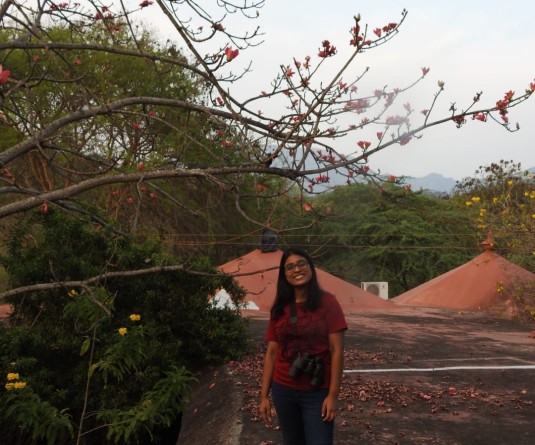
The attempt to contain peoples struggle by the state has always been by use of force but the Naga Movement have aptly demonstrated the failure of militaristic war policy in handling the challenges placed by peoples’ movements and struggles. It has resisted and combated one of the longest and most brutal structures of militarization and repression that has crippled generations. This truth is the basis for the ceasefire and the initiation of the Indo-Naga peace talk.
Peace and War cannot possibly go together. If you want to talk peace then firstly the need to stop the war in any form but that does not seem to be the case here. How peaceful is then the peace talk? How sincere is Government of India (GoI) to solve the Naga issue? If all that is thrashed out during the ‘peace talk’ is sincerely being discussed by the Indian policy makers? How close is the solution? These are some of the questions generated in ones’ mind as another round of talk ends again. No tangible progress, yet the claim of negotiation process as ‘positive’. One cannot help but wonder what is meant by ‘positive’? Mere ceasefire and talks without any sincerity and political commitment will only aggravate intolerance as the peace talk appears to be losing its goodness with the GoI still grappling with the real issue and politicking with non issues. They continue to incite and promote factionalism amongst the Nagas and also with other communities. Factional killings are becoming an everyday affair. Armed Forces (Special Power) Act (AFSPA) still reigns supreme in all its fame. Psychological and low intensity warfare against the people continues unabated. Much is left to be desired to call the peace talk a peace talk.
The road towards a solution has not been easy and more hurdles to surface in different forms and from different angles. Even then the talk must go on. The nine years of ceasefire and peace talk cannot be made to go wasted and 50+ years of conflict needs a solution. If peace is honestly desired then the Indo-Naga peace talk has to sustain. It is important that the negotiating parties keep building on the small progresses that are made, like the latest agreement that two persons each from Indian and Naga civil society groups will be included in the Ceasefire Monitoring Group to help strengthen the ceasefire mechanism. The extension of ceasefire ‘as long as the peace talk goes on’ has also been a good decision as the talk can be focused and channelized in other constructive issue, the focus being resolving the issue. It is however desirable that the negotiating parties are careful with the kind of post talk statements. Very often it is plagued with contradictions and different interpretations that create unnecessary confusion. Such confusion especially from the Indian representatives who very often are full of contradictions can be avoided. It just reflects political immaturity on their part.
One understands there is nothing as 100% solution, yet the Nagas’ quest for the right to self determination cannot be undermined. The peace talk is a test and a challenge for the Indian state and its policy makers to prove its sincerity and political commitment in resolving the Naga issue. Therefore the GoI cannot afford to miss the chance and try and apply its piecemeal approach and other tactics. One can clearly recall the infamous accords and agreements that did not help but divided the Nagas instead. It also did not stop but strengthened the Naga movement.
If the peace talk is worth its name then solution cannot be possibly worked out within the constitution. The NSCN-IM leadership has proposed a ‘special federal relationship’ and have put across some demands of which some of the significant ones are the integration of all the Naga areas, separate constitution and a separate flag, the right to decide and run the nation with complete right over all the resources are. Acknowledging the importance of interdependence a Joint Defense and a shared responsibility of the external affairs with the right of the Nagas to pursue their own interest is also proposed.
One feels that it can get a little dicey but the understanding is that the constitution of the Nagas will not be in conflict with the Indian constitution on the universal principles and the federal relationship is to be incorporated in both the constitutions that cannot be altered or amended unilaterally. A committee drawn from the two along with Constitutional experts is expected to work on the federal relationship that essentially will be based on the ‘unique’ history and political situation. It is not very clear how the negotiating parties will work it out but the vital focus is a relationship as two entities.
The proposed relationship can be misleading and also misinterpreted but any arrangement within the constitution of India has been clearly ruled out. The quest for a solution therefore requires examining the constitution of India and given such a situation there is an urgent need for academicians, political scientist, intellectuals and others to start deliberating on how best a solution can be achieved. Resolving the Naga issue is expected to throw up new perspective and dimension to the world political discourse on conflict, and peoples’ movement and struggle.
What is of utmost importance however is the need for GoI to be sincere and honour the nine years effort and stop waging a war in another form of inciting killings amongst the Nagas that makes the peace talk a farce! It took years and thousands of lives for the peace talk to come. Let it not go in vain. Let the future and generations be stopped from being damned.
Tungshang Ningreichon




